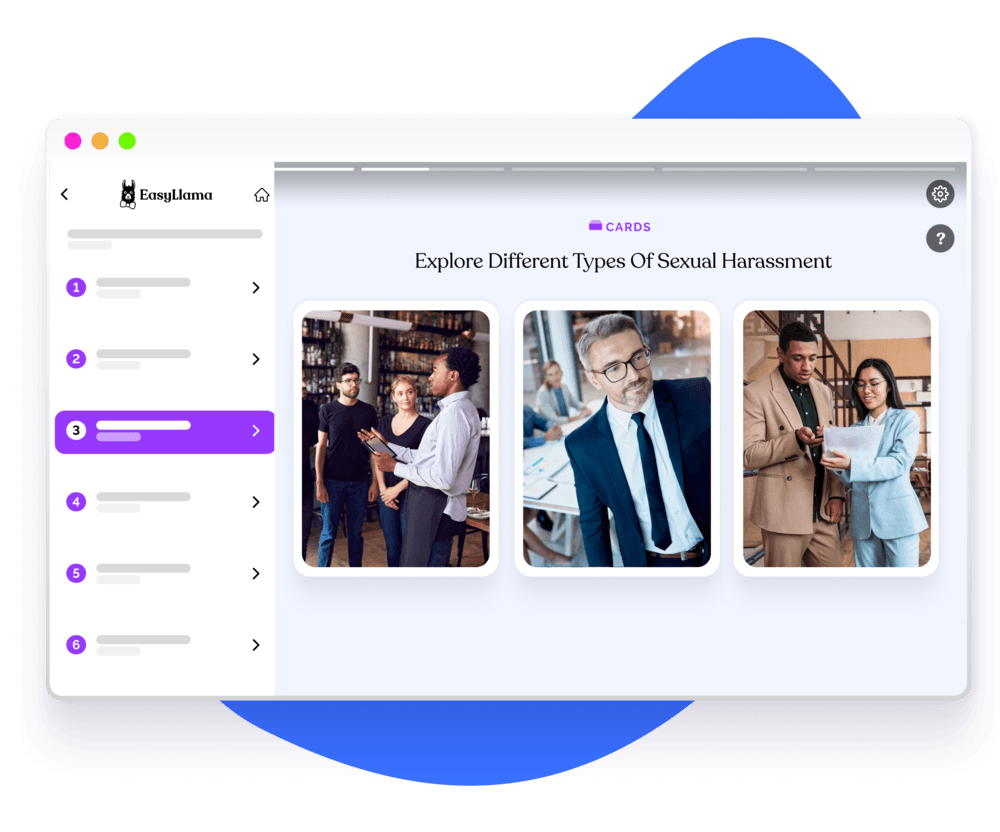Cultivating Relationships With Employees
As a leader, an important first step toward gaining the respect of others is to take an inner look at yourself and clarify your core values, beliefs, and behaviors. Looking inward can be an eye-opening experience and it can help you to understand the complexities of individual differences and group dynamics.

Taking responsibility for your actions
Some other ways to gain respect as a leader include doing the right thing and taking responsibility for your actions. Research shows that leaders who are brave enough to make tough decisions and are accountable for their actions have a much higher chance of setting a good example for their organization. Leading from a place of respect generally lends itself to the creation of a culture of mutual respect.

Leading a Diverse Workforce
Workforces are made up of diverse people from diverse backgrounds. As a leader, it is imperative to be aware of these differences and to show respect for and an understanding of everyone you work with. Leaders need to recognize that diversity shouldn't be a separate program but should be integrated into all of the processes in the organization. Communicating an open-minded approach is not only essential internally, but externally as well. Employees who appreciate cultural differences will be more likely to build fruitful relationships with stakeholders and clients.

Research suggests that emotional exhaustion is a key component of burnout for 77% of US employees. As a leader, it is your job to help ensure employee well-being. By doing so, you can improve relationships with your employees, improve your retention rate, and see an increase in productivity. Here are some tips you can follow to help improve employee well-being:
Help your employees know their "whys." In other words, help them see the meaning of their work. We discussed earlier how a shared vision provides a sense of purpose for employees. The same is true here. Ensuring that your employees know "why" their jobs are important and how they fit into the grand scheme of the organization can help them feel relevant and that their work is meaningful. This can help prevent feelings of apathy and discontent. Finally, communicate any foreseeable changes as soon as possible. This gives time for staff to prepare and adapt to new situations in advance.
Be clear about what you want your team to do. Role clarity helps employees know exactly what is expected of them so they can be organized and plan accordingly. As well, ensure deadlines are fair and reasonable. This helps prevent employees from becoming overwhelmed.
Check in periodically with your employees. Whether it's a quick walk by their desks or an instant message or email, ask them how they're doing and if they need anything to help them in their jobs.

Fostering a Diverse Work Culture
A main goal of an effective leader should be to create an environment where people feel comfortable to be who they are no matter where they come from, how they look or what they believe in. Ultimately, this will lead them to become an integrated part of the organization and work together to achieve their personal and professional goals. Valuing the benefits of a diverse workforce should be part of the culture of the company, and as a leader, it is your job to help foster and encourage this in the workplace.
Cultivating Positive Relationships
There are a few basic principles that you can follow to help cultivate positive relationships with your employees:
Here are some myths to look out for:
- -
Be open to hearing different opinions. This shows that you respect what your employees have to say.
- -
Implement clear rules. If rules are hazy or not enforced consistently and across the board, employees will feel confused and often become distrustful.
- -
Show appreciation. Everyone wants to feel appreciated and leaders who make the effort to show their appreciation for their employees can cultivate environments of great trust and respect.

Use Training to Teach the Importance of Positive Relationships
Caring for employees and valuing diversity in the workplace is a major element of becoming a leader. With EasyLlama’s Leadership course, new leaders will learn the importance of cultivating employee well-being both for individuals and for the company at large. Using interactive quizzes and real-life scenarios, leaders will understand how they can lead their team by forming positive relationships.

Helping over 8,000 organizations create a safer, more productive workplace
This online training course from EasyLlama explores foundational traits for an effective leader that can be applied in the workplace. Strong leaders can help maximize productivity, achieve business goals, motivate employees, handle conflict, and initiate action. The course covers:





















